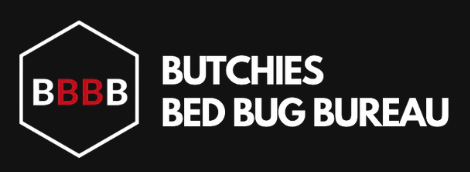STOP! Don't Panic.
How To Prevent Bed Bugs
Don’t throw out your furniture. Don’t throw out your bed(s). Don’t don’t spend another dime for Bed Bug Products that don’t work. Read this before you do anything.
If you noticed a little bite(s) on your skin after getting out of bed you should be concerned. But, before you run out and purchase any spray or product, try to confirm the problem and identify the bite(s).
There could be a number of possibilities. Maybe a little spider, flea, chigger or mosquito bite. You don’t know since the Bed Bug bites have similar symptoms of a few other insect bites. After being bitten by most insects our skin will usually have its own reaction by a redness. The way you react is going to be different from others, not everyone reacts the same. It’s not uncommon for a spouse or partner to share an infested bed with only one being bitten. Sounds strange but it’s true.
When Bed Bugs bite they are feeding. It’s referred to as a blood meal. When you are bit the bites usually leave a small cluster of welts on your body. A Bed Bug may feed on you up to three times on the same night. Sometimes more than one Bed Bug will feed on you at the same
time.
Usually, these bites will appear as a cluster in row or group of 3-5 red bumps with a dark center. There are a series of bites with the Bed Bug.
The Bed Bug will sometimes leave small dots which are your “bloodstains” on the sheets. This is another telltale sign and could be confirmation. Another source to confirm would be to inspect the mattress carefully around the edges. Wherever there’s a fold or some stitching inspect. Look around the edges, handles and buttons.
Once it is confirmed, or strongly suspected there is a Bed Bug presence that’s when most go out and purchase the Fogger/Bug Bombs and Sprays. That is the 1st mistake of many.
Don't Waste your Money!
Bug Bombs Don't Work on Bed Bug Infestations and here's why
•Bombing or fogging of a room for insects is blasting a product vertically into the room’s air. That pesticide treated air falls downward covering everything in the room on the way down to the floor.
•Once it hits a surface that is where the product stays waiting for contact
with an insect, the Bed Bug. It’s not going to happen.
•Bombing – fogging are good for airborne infestations but not are used and shouldn’t be used for Bed Bugs. …and Bed Bugs don’t fly.
•Bombs and foggers are actually broad-casting vertically a pesticide into a space and hoping it finds the target. In the case of Bed Bugs it always is missing the target (Bed Bug) and critical areas needed.
•Bombs present a health hazard and their product covers everything.
•Bombs don’t reach the right spots of Bed Bugs or their eggs.
•The Bed Bug is a crack and crevice insect, meaning they hide, congregate and lay their eggs in crack and crevices. Places you would never expect, like moldings, floor boards, bedframe connections.
•Nymphs are young adults and start out as small as the head of a pin. They can hide anywhere, in molding, picture frames, bookbinders, bed frames, even alarm clocks by the night stand.
•Bed Bugs are one of most resilient insects to exterminate. Not only do you need to know the right products to use, you need to know where to use and how to apply safely and effectively.
•Inside our program “The Bed Bug Trainer” we discuss the right products to use in Bed Bug Exterminating in detail.
How To Prevent Bed Bugs
The “Bed Bug Trainer” Can Save You Hundreds of Dollars.
Here is the program that will guide you step by step. Train you to professionally treat for Bed Bugs. Take the guesswork out of a very uncomfortable situation. The information inside The Bed Bug Trainer will ensure you will know…
How to begin the remediation. How to avoid common safety mistakes. How to save your existing mattress and furniture. How to install protective measures to control and limit a re-infestation should one occur.
Get the job done right!
